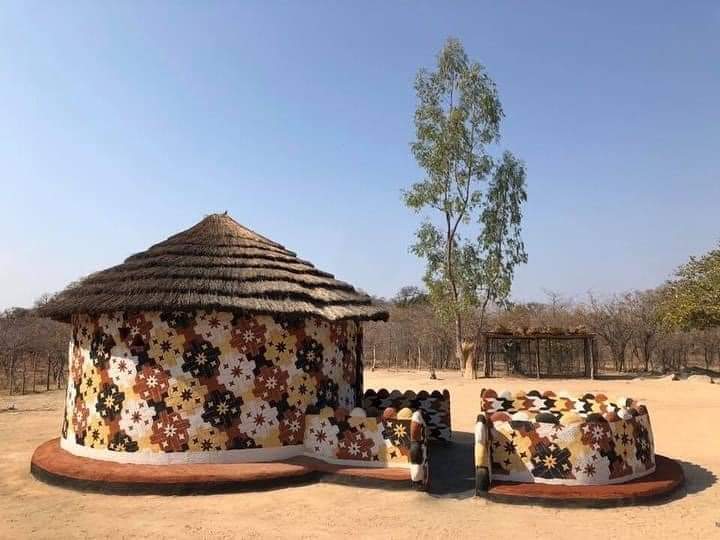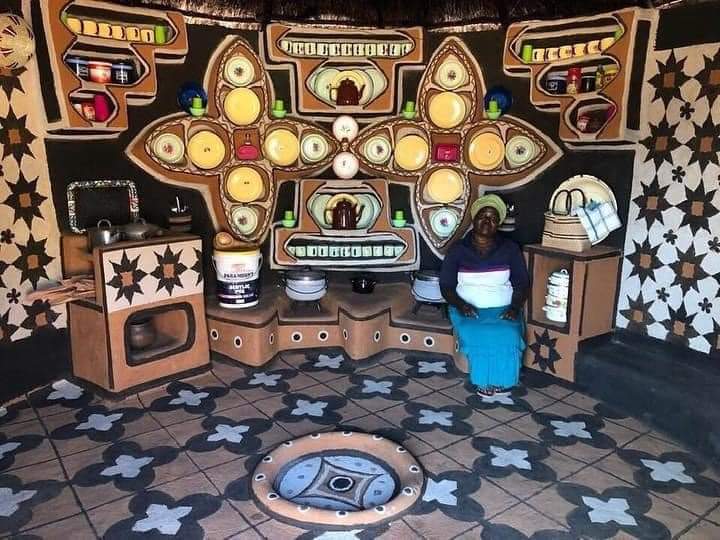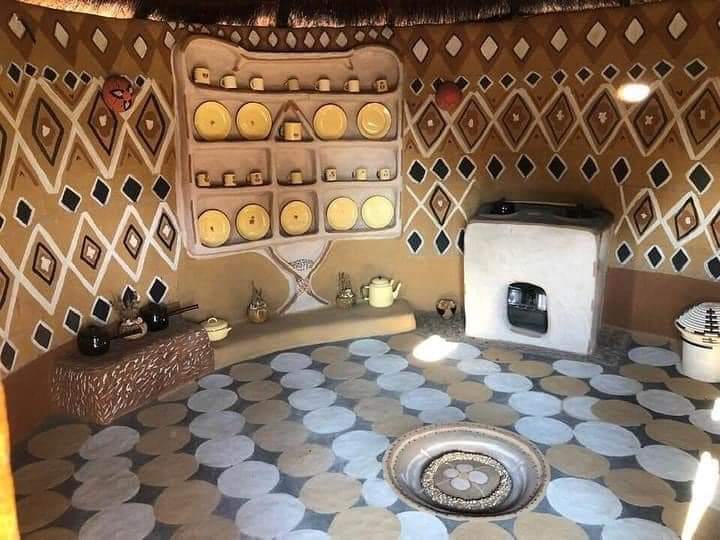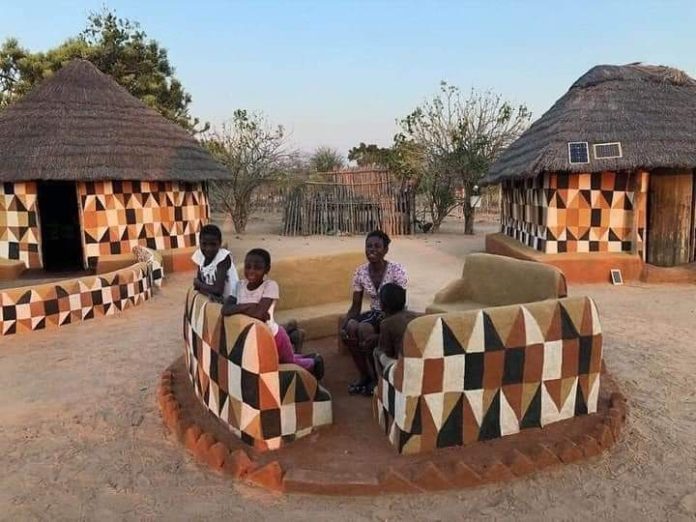In Matobo, Zimbabwe, as in many other parts of Africa, traditional architecture and hut design have often been the domain of women. These huts are typically constructed using locally available materials and techniques that have been passed down through generations.
Women in Matobo typically use materials such as thatch, reeds, grass, and mud to construct huts. These materials are readily available in the local environment and are sustainable.

Matobo huts often feature unique design elements, including intricate thatch patterns and decorative motifs. These designs are not only functional but also carry cultural and symbolic significance.
Many traditional huts in Matobo and other parts of Zimbabwe are circular in shape. This design is not only aesthetically pleasing but also helps with ventilation and natural cooling.
Also, thatch roofs are a common feature of these huts. They provide insulation against both heat and cold and are often intricately woven to create visually appealing patterns.

Women in Matobo may decorate the exteriors of their huts with natural pigments, creating patterns and designs that have cultural and symbolic meanings.
Hut construction often involves the collaboration of women within the community. This communal effort strengthens social bonds and preserves traditional building techniques.

While individual women in Matobo may contribute to the design and construction of huts, these practices are deeply rooted in the community and reflect the collective knowledge and traditions of the region. These huts not only serve as functional living spaces but also as cultural symbols and expressions of the local way of life.


